The Hackmaster General of the U.S., all will agree, is Tim Ferriss.
For almost a decade, Ferriss has been using his own body and life as a lab to figure out what forks to be healthy, wealthy, and wise. Like any good scientist, even one with an n of 1, Ferriss does his literature research before embarking on experiments. He has interviewed hundreds of masters of their domain, from lit’ry blogger Maria Popova to General Stanley McCrystal, to find out what works for them. Then he tests it all out.
In Tools of Titans, Ferriss asked the super achievers–athletes, actors, investors, entrepreneurs, writers, and more–for the secrets of their success. I decided to scoop out all the best ideas for writers.
 The ideas can be grouped into ten categories: (1) Commitment, (2) Focus, (3) Planning, (4) Journaling and Note Taking, (5) Divergent Thinking, (6) Gathering Material, (7) Questions, (8) Storytelling, (9) Details and Style, and (10) Integrity.
The ideas can be grouped into ten categories: (1) Commitment, (2) Focus, (3) Planning, (4) Journaling and Note Taking, (5) Divergent Thinking, (6) Gathering Material, (7) Questions, (8) Storytelling, (9) Details and Style, and (10) Integrity.
It all starts with routines—developing the habits of work and imagination that can help you create something fresh. The most notable fact of the Ferriss Way is that he thinks he can learn anything—or at least enough of anything to make a difference. He is a deep generalist, someone who believes that the answer to any question can be found in an intelligent, often counterintuitive mashup of approaches taken from different fields. He tests and tests, gathering volumes of his notebooks as his lab books. He creates strategies for himself that usually work for other people.
Who Is Tim Ferriss?
Ferriss, you recall, won fame and fortune with The Four-Hour Workweek, published in 2007. The premise was simple: By following a set of life hacks, we can massively improve our productivity. That book is built on three pillars: innovating (on what you offer and how you do it), outsourcing (getting others to do the routine stuff so you can focus on high-value propositions), and building a core (constantly improving your own body, mind, and soul, so you’re alert to life’s possibilities).
The next two books built on this foundation. The Four-Hour Body showed how simple attention to nutrition and a few intensive exercises (kettle bells) can help you shed unnecessary weight, build a little muscle, and, most important, improve your focus and energy for the stuff that matters in life. The Four-Hour Chef uses the theme of cooking—and some useful hacks in the kitchen—to make broader points about creating recipes for life.
Last week, Ferriss released Tools for Titans, which collects the wisdom and hacks of hundreds of successful people, offered in their own word with Ferriss’ commentary. As I expected, there are lots of hacks for writers—routines, mind management tricks, tips for focusing the mind and letting ideas blast through the fog.
Ferriss claims to find writing an arduous process, for which he is seeking the four-hour solution.
Note to Tim: I’ve got it right here. The premise of The Elements of Writing dovetails with your approach to everything else—that most problems have solutions that someone else has invented, and the trick is to track down those tricks and use them in the right order.
Now, on to some of the most useful tools from the Titans.
1. Commitment
When he was first training to be a boxing champion, Evander Holyfield’s coach asked him: “Is that a dream or a goal?”
Christopher Sommer, the former U.S. National Team gymnastics coach, says you need to adopt one big hairy audacious goal—and then just do the work necessary to make it happen. So you want to write a book? Say it! Then build everything around that project.
The secret is to show up, do the work, and go home. … If the commitment is to a long-term goal and not a series of smaller intermediate goals, then only one decision needs to be made in and here too. Clear, simple, straightforward. Much easier to maintain than having to make small decision after small decision to stay the course when dealing with each step along the way. This provides far too many opportunities to inadvertently drift away from your chosen goal. The single decision is one of the most powerful tools in the toolbox.
Tony Robbins, the modern master of self-mastery, pushes for action over mere knowledge: “Mastery doesn’t come from an infographic. What you know doesn’t mean s—. What do you do consistently?”
Robert Rodriguez, a screenwriter, producer, and musician, developed his just-do-it approach when drawing a comic strip for his college paper at the University of Texas. He found that inspiration visited only infrequently. So he made a habit of just sitting down to work:
I realized the only way to do it was by drawing. You’d have to draw and draw and draw. Then one drawing would be kind of funny or cool. That one’s kind of neat. This one kind of goes with that. Then you draw a couple of filler ops and that’s how it would be created. You had to actually move.
The approach works for writing too. Just sit down and start putting down the lines.
For a lot of people, … they think, well, I don’t have an idea, so I can’t start. I know you’ll only get the idea once you start. It’s this total reverse thing. You have to act first before the inspiration will head. You don’t wait for inspiration and then that, or you’re never going to act, because you’re never going to have the inspiration, not consistently.
Justin Boreta, a founding member of The Glitch Mob, adds:
There’s a lot of bad advice thrown around about getting inspired and searching for a revelation. Like Chuck Close says, “Inspiration is for amateurs – the rest of us just show up and get to work.” And the belief that things will grow out of the activity itself and that you will– through work– bump into other possibilities and kick open the other doors that you would never have dreamt if you were just sitting around looking for great “art idea.”
The best-selling author Kevin Kelly adds: “I write in order to think. I’d say, ‘I think I have an idea,’ but I realize, when I begin to write it, ‘I have no idea,’ and I don’t actually know what to think until I try and write it. … That was the revelation.”
Some people just don’t want to work, plain and simple. But there’s even a hack for them. It requires a slight mind shift offered by Marlow in Joseph Conrad’s Heart of Darkness: “I don’t like the work, but I like what’s in the work.”
2. Focus
About four of five Titans use meditation to develop disciplined—and calm, grateful—minds. Meditation is hard, and you shouldn’t push it too hard. Chade-Meng Tan, the former programmer at Google, says all you need to do is take one breath a day: “Breathe in and breathe out mindfully, and your commitment for the day is fulfilled. Everything else is a bonus.”
Don’t try to be too ambitious. The mind is a stubborn beast. If you push it too hard, it will rebel.
The point of meditation is not to reach a state of nirvana. It’s to pay attention to what matters in your life—and screen out all the noise. “The muscle you’re working is bringing your attention back to something,” Ferriss says. “My sessions are 99 percent monkey mind but it’s the other 1 percent that matters.”
Most of us, when first introduced to meditation, try to go into a state of complete oneness with the world. Like Tan, Ferriss says to set your sights low: “The goal is to observe your thoughts. If you’re replaying some bullshit in your head and notice it, just say, ‘Thinking, thinking’ to yourself to return to your focus.”
Observe your thoughts—that’s the ticket. Nothing matters more to a writer than sorting thoughts, cutting through the “blooming, buzzing confusion” of the world.
Eric Weinstein, the managing director of Thiel Capital, has a more aggressive approach to achieving focus. He goes all Tourette, with a mood-altering series of rants.
You know the strings of obscenities of Tourette’s patients involuntarily utter? [The medical term is coprolalia.] So, I find that when we use words that are prohibited to us, it tells our brain we are inhabiting unsafe space. It’s a bit of a sign that you’re going into a different mode. … When I’m going to do deep work, very often, it has a very powerful, aggressive energy to it. It’s not easy to be around. It’s very exacting, and I think I would probably look very autistic to people who know me to be social, were they ever to see me in the work mode.
In a way, the end result is the same as meditation: To break away from the unthinking, automatic normality of life.
3. Planning
You can’t build anything without a plan. Even simple projects require a sequence. First … Second … Third …
Every plan begins with the category. Every writer needs to ask: What’s the genre? The audience? The style? The level of intellect? The attitude? Real success come from owning a particular category.
Consider Bill Simmons (one of my former students, at Holy Cross College), who broke all the rules of inside-dopester sportswriting when he started a blog called The Sports Guy. Rather than hanging out in press boxes and locker rooms, Simmons covered sports from the viewpoint of a passionate and knowledgeable fan. He blended all kinds of pop culture — movies, music, politics, fashion, TV, you name it — into his long posts about the Celtics or the DH rule. If Simmons had taken the usual sports scribe track, he would have been invisible. Instead, he stood out. He owned the category of crazy fan commentator.
There are lots of other examples. Who owns the category of theory-fueled stories with a theme? Malcolm Gladwell. Who owns the world of wizardry? J.K. Rowling. How about economics turned on its head? Stephen Dubner and Steven Levitt. Histories involving murders or attempted murders? Bill O’Reilly. Love and romance amid luxury? Danielle Steel. One more. Who owns legal thrillers? John Grisham. Other authors make a nice living as No. 2 or 3 or 4 or more. But to own a category is to be set for life. More important, it’s to have a real purpose.
Kaskade, one of the founders of Progressive House music, uses the metaphor of putting stones in the bucket. If you put sand before stones, you might not get everything into the bucket. Make sure to put in the big stones first, then smaller stones that can fill the gaps between those bigger stones, and then finally the sand, which fills in the open spaces between the stones.
The legendary chess wizard Josh Waitzkin, the subject of the movie Searching for Bobby Fisher, adapts advice from the ancient Greeks: Start with the end in mind. To master any challenge, don’t start with the simple fundamentals. Instead, jump to the end game. The challenge is to understand the dynamics of the game. Waitzkin’s chess teacher taught him by showing the endgames—say, a king and a pawn against a king. What do you do with that?
At every level of your writing—sentence, paragraph, section, and whole piece—know how you are starting and finishing. It’s like taking a journey. You’re most likely to know the journey’s route and steps if you know the starting and ending point. If you don’t, you’re likely to wander all over the place.
You need to start somewhere, right? So Cheryl Strayed, the author of Wild, offers a set of prompts. She suggests using them to write two pages, without interruption by your inner perfectionist, to draw the creativity out of your repressed self. Here are a few of them:
- Write about a time that you realized you were mistaken.
- Write about a lesson you learned the hard way.
- Write about something you lost that you’ll never get back.
- Write about a memory of a physical injury.
- Write about why you could not do it.
That should get you going. Now you’re about to encounter the greatest challenge of all creative—keeping your eye on the ball.
4. Journaling and note-taking
Lots of titans keep journals—first to pause and focus their thoughts, second to capture the countless thoughts that occur throughout the day.
Mike Bibiglia, a comedian, says: “Write everything down because it’s all very fleeting.” Capturing ideas during the day is the difference between good and great. “What I find, the older I get, is that a lot of people are good, and a lot of people are smart, and a lot of people are clever. But not a lot of people give you their soul when they perform.” Your soul emerges all day, in your thought and feelings; you give it form when you take the pieces and sort the wheat from the chaff.
Brian Koppelman, a screenwriter, novelist, and creator of the hit show Billions, follows the routine that Julie Cameron suggests in The Artist’s Way. “It’s three longhand pages where you just keep the pen moving for three pages, no matter what. No censoring, no rereading. It’s the closest thing to magic I’ve come across. If you really do it every day and a real disciplined practice, something happens to your subconscious that allows you to get to your most creative place.”
He says he’s given the book to 200 people. Of those, maybe 10 of them have done the exercises. “Of those 10, seven have had books, movies, TV shows, and made out successful. It’s incredible. That book changed my life, even though it’s very spiritual and I’m an atheist.”
Tim Ferriss keeps a five-minute journal to center his mind. The journal is really just filling in the blanks:
- I am grateful for 1. –––––––––. 2. –––––––––. 3. –––––––––.
- What would make today great? 1. –––––––––. 2. –––––––––. 3. –––––––––.
- Daily affirmations. I am 1. –––––––––. 2. –––––––––. 3. –––––––––.
He concludes at night with:
- Three amazing things that happened today: 1. –––––––––. 2. –––––––––. 3. –––––––––.
- How could I have made today better? 1. –––––––––. 2. –––––––––. 3. –––––––––.
B.J. Novak uses a Moleskine Cahier notebook for jotting notes during the day. Because it’s thinner than the standard Moleskine, it’s easy to carry.
What to do once you’ve filled a notebook?
Every midnight, Robert Rodriguez types notes about the day into a Word document. Any time he wants to recover a forgotten insight—or just review his thoughts over time—he can search his Word files. (I do something similar: I outline books that I consider challenging. Surprisingly, it doesn’t take long. I can take notes on a 300-page book in about an hour. The process helps me understand the book for the first time—to make it my own—and then leaves a trail of great ideas to use later.)
James Altucher, a serial entrepreneur and bestselling author, creates lists for everything that might spawn a creative project. A few examples:
- 10 old ideas I can make new
- 10 books I can write
- 10 business ideas for Google/Amazon/Twitter/etc.
- 10 industries where I can remove the middleman
- 10 things I disagree with that everyone else assumes is religion
What if you can’t meet these goals? I mean, 10 ideas? Really?
“Here’s the magic trick,” Altucher says. “If you can’t come up with 10 ideas, come up with 20 ideas. … You’re putting too much pressure on yourself. Perfectionism is the enemy of the idea muscle. … It’s your brain trying to protect you from harm, from coming up with an idea that is embarrassing and stupid and could cause you to suffer pain. The way you shut this off is by forcing the brain to come up with bad ideas.
“Suppose you have written down five ideas for books and they are all pretty good. And now you’re stuck… Well, let’s come up with some bad ideas. Here’s one: Dorothy and the Wizard of Wall Street. Dorothy is in a hurricane in Kansas and she lands right at the corner of Broadway and Wall Street and she has to find the Wizard of Wall Street. To get home to Kansas, he offers her a job to be a high-frequency trader.”
That’s bad, all right.
Once he comes up with his 10 (or 20) good and bad ideas, Altucher lists the first steps he would take to realize each one. “Remember,” he says, “only the first step. Because you have no idea where that first step will take you.”
Reid Hoffman of LinkedIn writes things down to prime his subconscious.
“What are the kinds of key things that might be constraints on the solution, or might be the attributes of the solution, and what are the tools or assets I might have?” he says. “I actually think that most of our thinking is subconscious. Part of what I’m trying to do is allow the fact that we have this kind of relaxation, rejuvenation period in sleeping, to essentially possibly bubble up the thoughts and solutions to it.”
5. Divergent thinking
Ideas are great; divergent ideas are better.
To give real value to the reader, you need to offer something they cannot predict
You have to be prepared to fail. That’s how you’re going to expand yourself and grow. As you work through that process of failure and learning, you will really deepen into the human being you were capable of being.
I had a grad school professor who pushed me to do research on why Baltimore was the last major American city to build a modern sewer system. Why did everyone else—New York, Boston, Chicago, Charleston—build systems decades before Baltimore? Why did Baltimore take so long? It was, he said, a “deviant case analysis.” You can often learn more from the outliers than from the norms.
Neil Strauss, a former writer and editor for The New York Times and Rolling Stone and the author of The Game and The Truth, is always looking for deviant cases.
He once asked a billionaire about “the way your mind works.” What separates a billionaire from everyone else? “The biggest mistake you can make is to accept the norms of your time,” he responded. “Not accepting norms is where you innovate, whether it’s with technology, with books, with anything. So, not accepting the norm is the secret to really big success in changing the world.”
The biggest mental trap, says Stephen Dubner, the coauthor of Freakanomics, is to allow your moral values to guide your inquiry. Moral values, after all, are conclusions about the world—and you need to go in with an open mind.
“If you try to approach every problem with your moral compass, you’re going to make a lot of mistakes. You’re going to exclude a lot of possible good solutions. You’re going to assume you know a lot of things, when in fact you don’t, and you’re not going to be a good partner in reaching a solution. With other people who don’t happen to see the world the way you do.”
Chris Sacca, an investor in companies like Twitter, Instagram, Uber, and Kickstarter, says to embrace your inner weirdo. That does not necessarily mean acting out, like the class clown. It means taking away the filters of your “polite company” self.
“Weirdness is why we adore our friends,” he says. “Weirdness is what bonds to our colleagues. Weirdness is what sets us apart, it gets as hired. Be your unapologetically weird self. In fact, being weird may even find you the ultimate happiness.
6. Gathering Material
Every good project begins with brainstorming. The goal should not be to keep ideas. The goal should be to kill off as many as possible. “Let’s come up with as many ideas as possible, and then … try to kill them off,” says Stephen Dubner. “If they were unkillable, keep going with them.”
When you research a topic or interview someone, take approach subjects from odd angles. By the time most people are worthy of an interview, they have their story down pat. They have given their spiel a hundred times. Cal Fussman remembers interviewing Mikhail Gorbachev, wanting to avoid the usual Q&A about the Cold War blah blah blah, Ronald Reagan blah blah blah, end of the Soviet Union blah blah blah. Finally, the big day came.
I looked at him and I said: “What’s the best lesson your father ever taught you?” He is surprised, pleasantly surprised. He looks up and he doesn’t answer. He’s thinking about this. It’s as if, after a while, he’s seeing a movie of his past on the ceiling, and he starts to tell me the story…
The oldest piece of advice for writers is to “write about what you know.” Partly, that’s lousy advice because it subtly assumes you know everything you need to know—and, in fact, good writing always requires intense research. Still, it’s a good idea to start with something you know—and build on that.
“If you’re going to talk about the neighborhood, talk about the neighborhood you grew up in,” says Joe Favreau, an actor and writer with credits like Rudy and Swingers. “Talk about the neighborhood you know. Even if it’s not you [that you’re writing about], you’re going to have a more consistent world that you’re developing then if you’re putting them on Mars, and you don’t understand Mars.”
Creativity starts with the materials at hand. You can, of course, build on your stock of knowledge and experiences. That’s what research is for. But you can also create something out of the objects nearby. Filmmaker Robert Rodriguez describes making his first movie:
I just took stock of what I had. My friend Carlos, he’s got a ranch in Mexico. Okay, that’ll be where the bad guy is. His cousin owns a bar. The bar is where there’s going to be the first, initial shootout. It’s where all the bad guys hang out. His other cousin owns a bus line. Okay, there will be an action scene with the boss at some point, just a big action scene in the middle of the movie with a bus. He’s got a pit bull. Okay, he’s in the movie. His other friend had a turtle he found. Okay, the turtles in the movie because people will think we had an animal wrangler, and that we’ll suddenly raise production value. I wrote everything around what we had, So you never had to go search, and you never have to spend anything on the movie.(629)
Mark Twain used to do something similar. He would gather his daughters in the parlor and tell stories based on the items lined up on the mantel of the fireplace.
Getting emotional, deep responses requires skill. You can’t ask a series of bland yes-or-no questions, or toss out generalities, and expect a heartfelt response. Alex Blumberg asks questions as quasi-commands.
- Tell me about a time when…
- Tell me about the day [or moment or time] when…
- Tell me about the story of…
- How did you meet …
- Tell me about the day you realized …
- What were the steps that got you into…
- Describe the conversation when…
Don’t be afraid to ask stupid questions. As long as you have made some effort to prepare for a conversation, don’t hesitate to ask for clarification. Malcolm Gladwell, the bestselling author, models his interviewing style on his father, a university mathematician.
My father has zero intellectual insecurities. It has never crossed his mind to be concerned that the world thinks he’s an idiot. He’s not in that game. So if he doesn’t understand something, he just asks you. He doesn’t care if he sounds foolish. He will ask the most obvious question without any sort of concern about it. … So he asks lots of ‘dumb,’ in the best sense of that word, questions. He’ll say to someone, ‘I don’t understand. Explain that to me.’ He’ll just keep asking questions until he gets it right, and I grew up listening to him do this in every conceivable setting. [If my father had met Bernie Madoff, he] never would’ve invested money with him because he would’ve said, ‘I don’t understand’ 100 times. ‘I don’t understand how this works,’ in this kind of dumb, slow voice. ‘I don’t understand, sir. What is going on?’”
The only dumb question is the one you don’t ask. As an old editor once told me, if you’re interviewing some named Smith, ask them to spell it. “Is that S-m-i-t-h?” Or do you spell it S-m-y-t-h-e?”
7. Asking Questions
Asking questions—whether you’re a writer or a researcher, a ballplayer or an actor, an office boss or a programmer—opens the mind.
Here’s a simple conversational trick. Don’t try to persuade people of anything. When you tell someone what to think, something in their brain automatically resists. The second they hear your proposition, their brain looks for reasons to disagree. But when you ask a question, the brain goes into search mode.
“We always need to ask: Is this true?” says Peter Thiel, one of the founders of PayPal and the author of the seminal Zero to One. “And this is always what I get at with this indirect question: Tell me something that’s true that very few people agree with you on.”
As Thiel’s suggests, questions should always seek to expand people’s horizons. Before he answers questions, Thiel reframes them. That framing process forces you to think–not just about the immediate question, but also about the broader context. Reid Hoffman, the founder of LinkedIn, likes to quote Wittgenstein: “The limits of my language mean the limits of my world.”
Luis van Ahn, the CEO of Duolingo, remembers a mentor who taught him the power of persistent questions:
My Ph.D. adviser was a guy named Manuel Bloom. … I would start explaining something, and in the first sentence he would say, “I don’t understand what you’re saying,” and then I would try to find another way of saying it and a whole hour would pass and I couldn’t get past the first sentence. He would say, “Well, the hour’s over. Let’s meet next week.” This must’ve happened for months, and at some point I started thinking, “I don’t know why people think this guy so smart.” Later, [I understood what he was doing.] This is basically just an act. Essentially, I was being unclear about what I was saying, and I did not fully understand what I was trying to explain to him. He was just drilling deeper and deeper and deeper until I realized, every time, that there was actually something I didn’t have clear in my mind. He really taught me to think deeply about things.
Lots of titans are list-makers, citing inspiration from Atul Gawande’s The Checklist Manifesto. Wherever they go, they jot down thoughts and observations. So get a notebook, small enough to fit in a pocket or purse. Any time something provokes you, write it down. Does that sound excessive? Actually, by capturing thoughts that matter, you drive the trivial clutter out of your brain.
None of us can resist the Nostradamus Temptation—the built-in tendency to make predictions about the future. Kevin Kelly regularly makes lists of ideas that lots of people think are true and asks: “What if that weren’t true?”
8. Storytelling
At the center of all great thinking is narrative. A great story gives every enterprise a spine, a vehicle for understanding and focus, energy and creativity.
What Scott Adams says about humor probably applies to other forms of expression. Adams is the creator of the cartoon “Dilbert” and a self-taught “master” of the science of communications. All great humor, Adams says, comes from combining at least two of the following six elements: naughty, clever, cute, bizarre, mean, and recognizable.
Stories have a downside. When we tell ourselves distorted stories, filled with grievances and suspicion and resentment and prejudice, we toxify our relationships. We make excuses for ourselves. We get stuck when we cling to old slights and failings. We believe the BS that others pound into us. If we get stuck in the past–especially in negative histories–we cannot take charge of our work.
In our lives as well as in our writing, we have the power to get the story right. Tony Robbins, takes a three-step approach to getting things right. Start with “state,” his term for your emotional frame of mind. You can change your state in seconds if you want to. Simply changing body language can help you shift from sad-sack gloominess to energy and confidence.
Once you’ve got your state right, get your story right. Figure out what tale you’re going to tell by the way you live your life that day. Finally, develop a strategy—identifying options, resources, and paths to follow.
Despite his success, Ferriss acknowledges the way his own stories have blocked his progress. “The stories we tell ourselves can be self-defeating,” he says. “One of the refrains that I’ve adopted for myself, which I wrote in my journal after some deep ‘plant medicine’ work, is: ‘Don’t retreat into story.’”
9. Details and Style
Attention to detail spells the difference between mediocre, good, and great. In college, skeptical of his ability to earn a living as an artist, Pixar CEO Ed Catmull majored in physics. “Most people to this day think of [art and science] as so radically different from each other,” he says. “But I want to posit a different way to look at it. It comes from what I think is a fundamental misunderstanding. … In fact, what artists do is they learn to see.”
So, Rule 1 for writers and other creatives: Learn how to see.
Nothing lends credibility more than precision. Andrew Zimmern, an award-winning chef and host of the TV show Bizarre Foods, looks for people who describe things with detail. “If you go on the Internet, there are 20 recipes for pound cake,” he says. “I go with the one that describes to a quarter of an inch the size of the pan. Because if someone is describing that level of detail, you know that they have gone through it. The person who writes the recipe says, ‘Grease the cake pan’? You know they haven’t made it. It’s a tipoff right away that something is wrong.”
Lots of would-be writers complain about writer’s block. But there really is no such thing, as Sebastian Junger, the author of The Perfect Storm, notes:
It’s not that I’m blocked. It’s that I don’t have enough research to write with power and knowledge about the topic. It always means, not that I can’t find the right words, but rather that I don’t have the ammunition.
Everyone needs to develop a unique style. But before developing style, master the basics. If you’re an artist, you need to understand the body and movement, perspective and harmony. If you’re a writer, you need to write great sentences and arrange them into compelling, dramatic sequences.
The greatest creators should be your guides. Rick Rubin, a music producer for artists as varied as Johnny Cash and Metallica, says full immersion is the only way to go.
“The only way to use the inspiration of other artists is if you submerge yourself in the greatest works of all time,” he says. “If you listen to the greatest songs ever made, that would be a better way to work through [finding] your own voice today, rather than listening to what’s on the radio now and thinking, ‘I want to compete with this.’”
When you experience masters in any field, pay attention to their turns of phrase that lend special beauty and insight. Maria Popova, whose blog Brain Droppings has become a literary sensation, says she writes “BL” in the margin when she encounters beautiful language. Find a way to mark moments of special clarity or beauty, then go back and deconstruct them.
Matt Mullenweg, the original lead developer of WordPress, puts syntax at the center of all creativity. He loves “code poets,” the programmers whose every line performs the job impeccably, without making it hard to make revisions or enhancements. How do we get the syntax right? “Slow down,” he says. “I think a lot of the mistakes of my youth were mistakes of ambition, not mistakes of sloth. So just slowing down, whether that’s meditating, whether it’s taking time for yourself away from screens, whether that’s really focusing on who you’re talking to or who you’re with.”
Derek Silvers, the founder of CD Baby, an online store for independent artists, says to iterate, iterate, iterate—not just with writing or other projects, but also with life. “Do little tests,” he says. “Try a few months of living the life you think you want, but leave yourself a next the plan, being open to the big chance that you might not like it after actually trying it.”
Ernest Hemingway famously noted that all first drafts are s—. Taking that truism to heart has helped Pixar revolutionize animated feature films. Ed Catmull, one of the founders of Pixar and now its president, says the studio ripped apart early versions of films like Toy Story 2 and Ratatouille and started over from scratch.
“All our films, to begin with, suck,” he says. “This is the big misconception that people have, that [in the beginning] a new film is the baby version of the final film, when in fact the final film bears no relationship to what you started off with. What we found is that the first version always sucks. I don’t mean that because I’m self-effacing or that we’re modest about it. I mean it in the sense that they really do suck.”
10. Integrity
And now a few closing words on integrity.
Above all, as the pompous Polonius counsels Hamlet, to thine own self be true.
Or, as Riann Wilson quotes Oscar Wilde: “Be yourself. Everyone else is taken.”
We live in a mad, distracting, self-referential age. It’s easy to get pulled away from your core values. So you have to be vigilant against getting too big for your britches—or the opposite, thinking too little of yourself to take charge of your life.
We are not good judges of ourselves. The vast majority of us, in fact, think of ourselves as above average, in intelligence, looks, humor, and compassion. Naval Ravikant quotes Richard Feynman: “You must never, ever fool yourself—and you are the easiest person to fool.”
As artists—and, pretentious as it may sound, all writers are artists of a sort—we need to avoid getting distracted by all that glitters. Seth Godin, the serial bestselling author, puts things into perspective: “Once you have enough for beans and rice and taking care of your family and a few other things, money is a story. You can tell yourself any story you want about money, and it’s better to tell yourself the story about money that you can happily live with.”
Care not what the other kids on the bus say or do. If you believe in something, do it. Seek out constructive criticism, but do your thing.
“When I articulated that I didn’t care anymore about what anybody thought about what I did except me,” actor Kevin Costner says, “all the weight of the world came off my shoulders, and everything became possible. It shifted to everybody else being worried. Now they’re worried. But everything for me, it shifted to a place where itself free.”
Before you go . . .
• Like this content? For more posts on writing, visit the Elements of Writing Blog. Check out the posts on Storytelling, Writing Mechanics, Analysis, and Writers on Writing.
• For a monthly newsletter, chock full of hacks, interviews, and writing opportunities, sign up here.
• To transform writing in your organization, with in-person or online seminars, email us here for a free consultation.



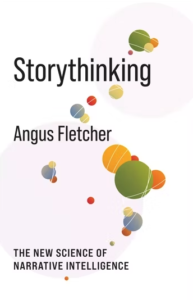
 Fletcher, the author of the landmark work
Fletcher, the author of the landmark work 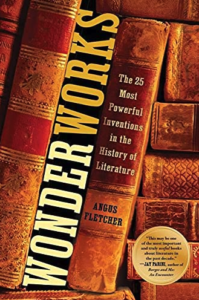
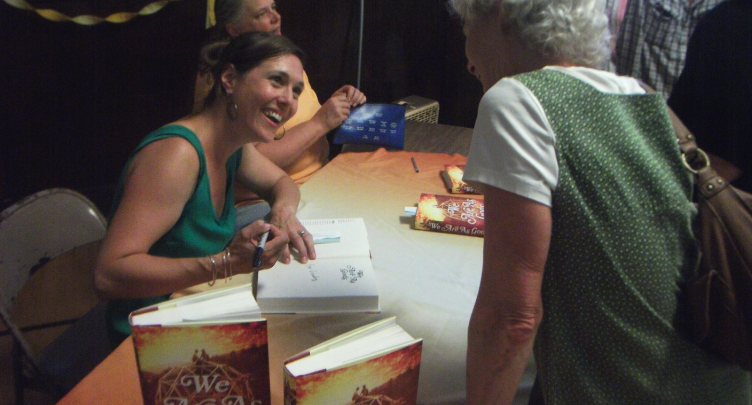
 She grew up in Vermont’s Northeast Kingdom when her family participated in the “back to the land” movement. As other Americans embraced the creature comforts and congestion of the suburbs, the Daloz family left to live independently among other naturalists, rebels, activists, and free lovers.
She grew up in Vermont’s Northeast Kingdom when her family participated in the “back to the land” movement. As other Americans embraced the creature comforts and congestion of the suburbs, the Daloz family left to live independently among other naturalists, rebels, activists, and free lovers.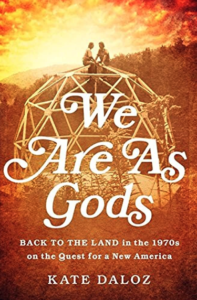

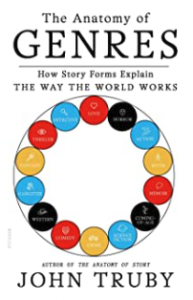
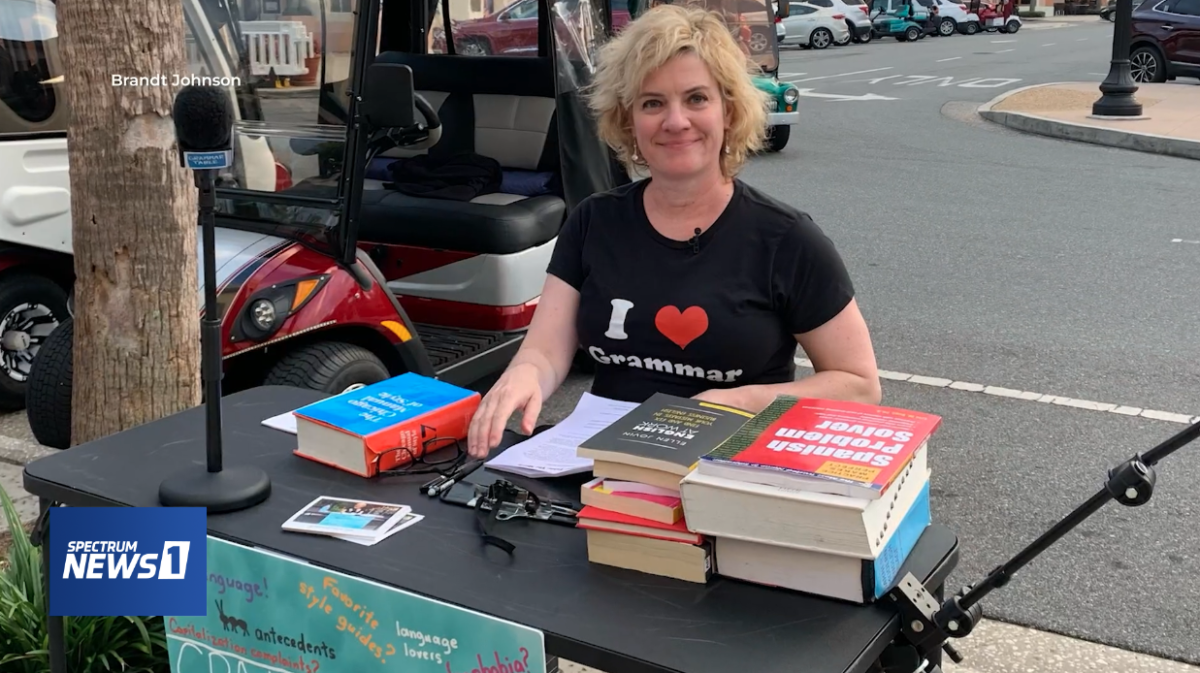
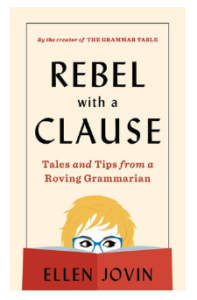
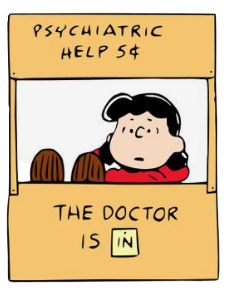 I first saw you outside the 72nd Street subway station in New York. Your popup table reminded me of Lucy’s setup on “Peanuts.” What made you think of turning writing and grammar into a public event? Is it even more than that— performance art, for example?
I first saw you outside the 72nd Street subway station in New York. Your popup table reminded me of Lucy’s setup on “Peanuts.” What made you think of turning writing and grammar into a public event? Is it even more than that— performance art, for example?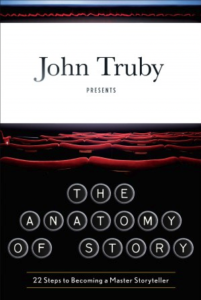
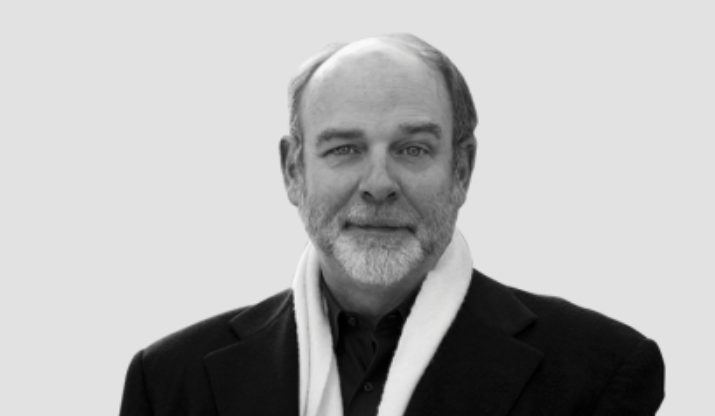
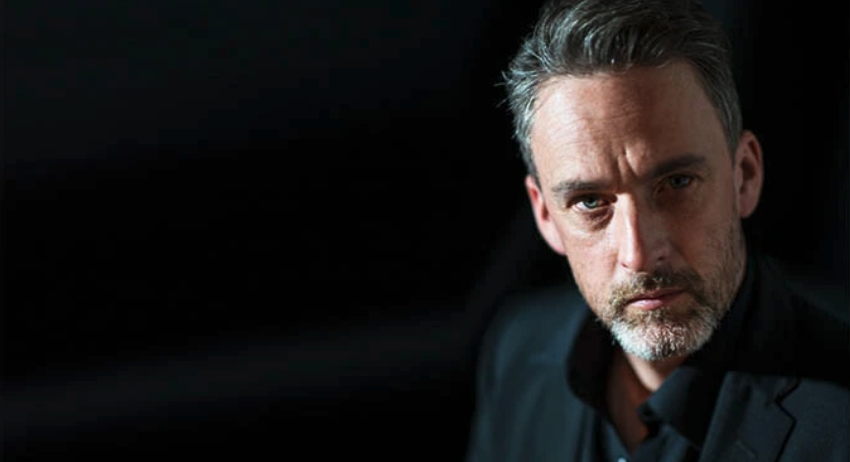


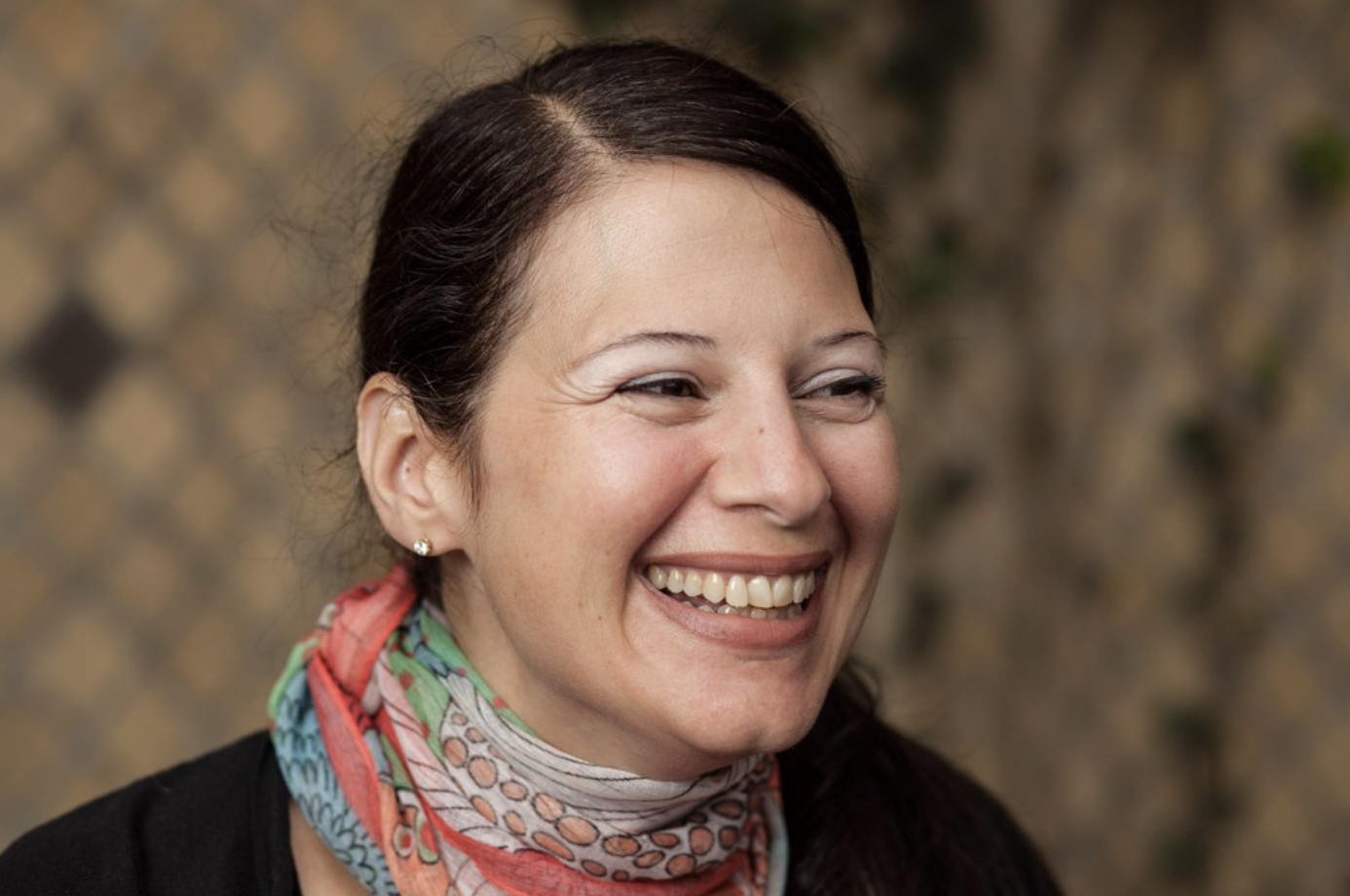
 In her first rhetorical analysis as a student at the University of the Pacific, she dissected the eulogies for Richard Nixon in 1994. Robert Dole pronounced the post-World War II era “the Age of Nixon.” Bill Clinton asked that “may the day of judging President Nixon on anything less than his entire life and career come to a close.” But Mercieca was not impressed. “I didn’t find those speeches inspiring,” she said.
In her first rhetorical analysis as a student at the University of the Pacific, she dissected the eulogies for Richard Nixon in 1994. Robert Dole pronounced the post-World War II era “the Age of Nixon.” Bill Clinton asked that “may the day of judging President Nixon on anything less than his entire life and career come to a close.” But Mercieca was not impressed. “I didn’t find those speeches inspiring,” she said.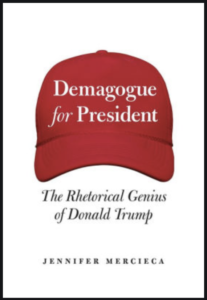 Since earning a Ph.D. in speech communication at the University of Illinois in 2003, she has taught at Texas A&M University. Her new book,
Since earning a Ph.D. in speech communication at the University of Illinois in 2003, she has taught at Texas A&M University. Her new book, 
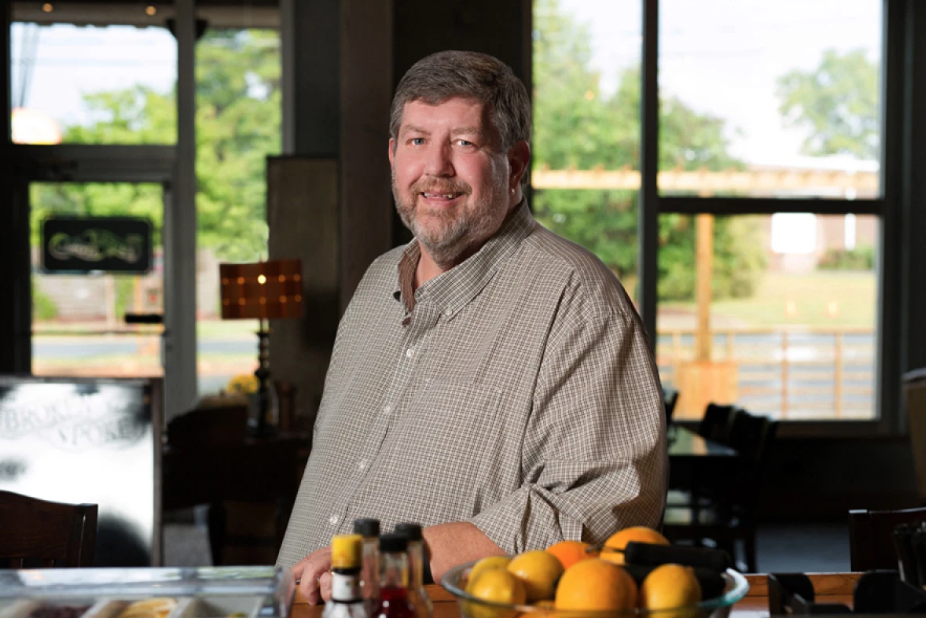
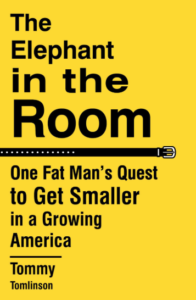
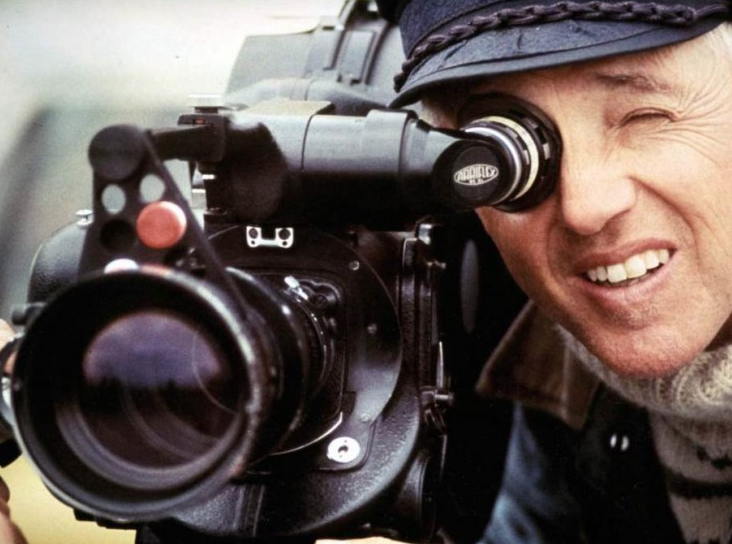
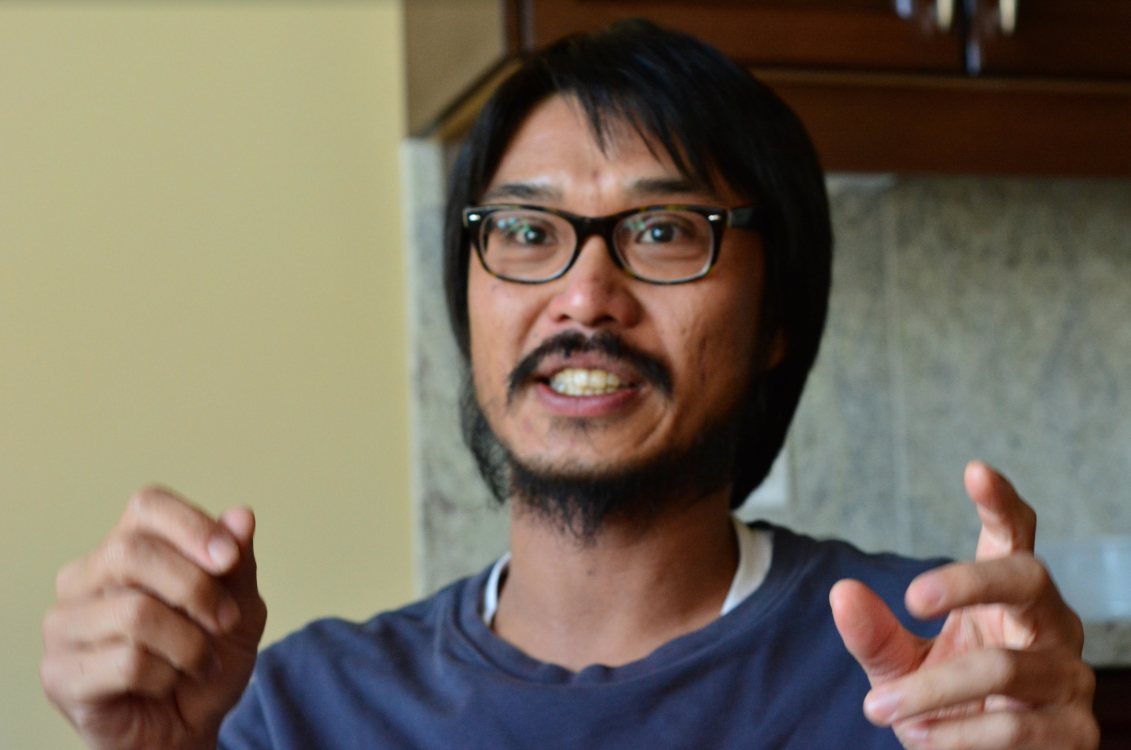
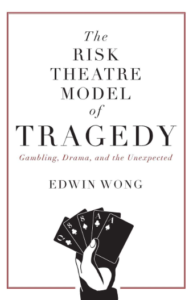 Wong’s approach offers insights for the long tradition of tragedy but is especially pertinent to the modern condition. For most of history, the consequences of decisions were for the most part local. Today, even minor decisions can have global repercussions. Also, we live in the age of science, where calculation of odds has become commonplace. many bemoan that this calculation takes the heart and soul out of life. The Age of the Algorithm can, in fact, suck the agency out of even the most strong-willed people. All the more reason for Wong’s brilliant thesis.
Wong’s approach offers insights for the long tradition of tragedy but is especially pertinent to the modern condition. For most of history, the consequences of decisions were for the most part local. Today, even minor decisions can have global repercussions. Also, we live in the age of science, where calculation of odds has become commonplace. many bemoan that this calculation takes the heart and soul out of life. The Age of the Algorithm can, in fact, suck the agency out of even the most strong-willed people. All the more reason for Wong’s brilliant thesis.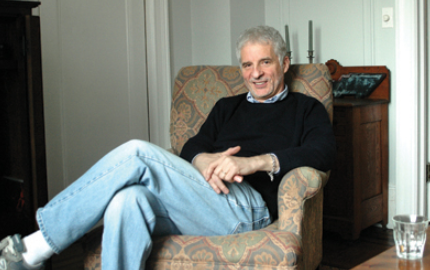
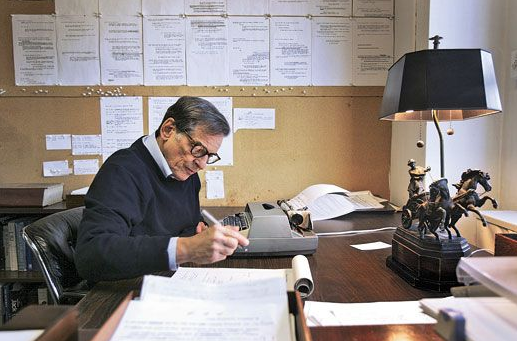
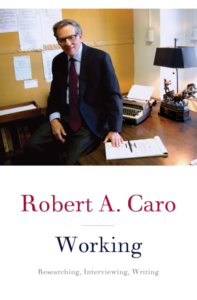
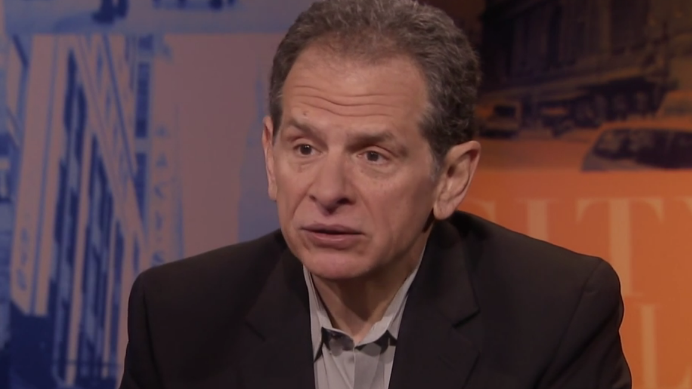
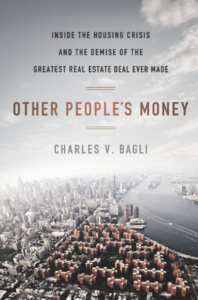
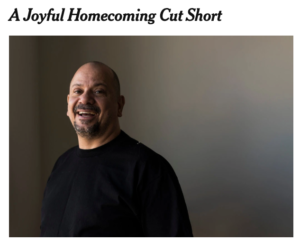
 This is my interview with Trump.
This is my interview with Trump.

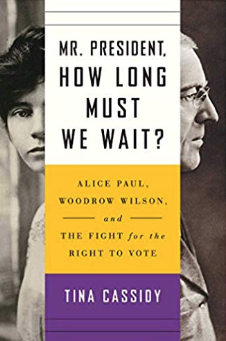
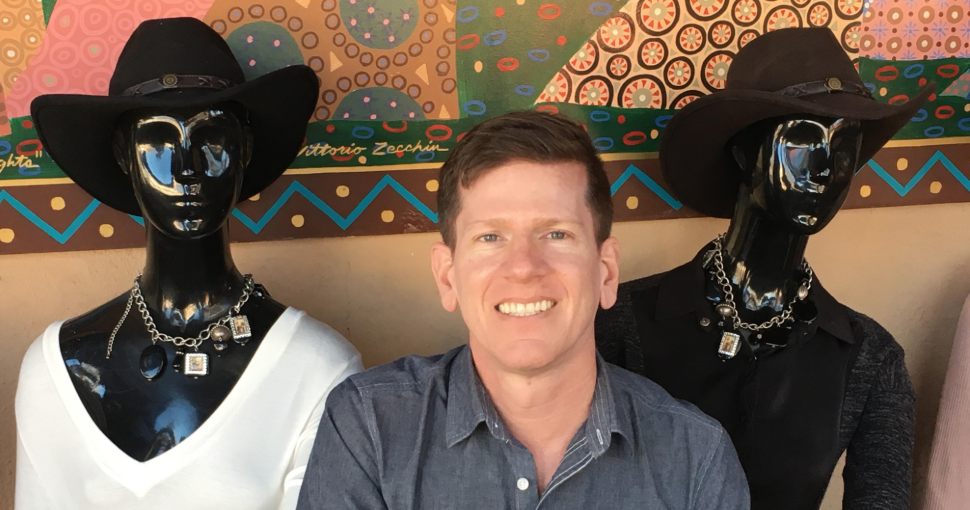
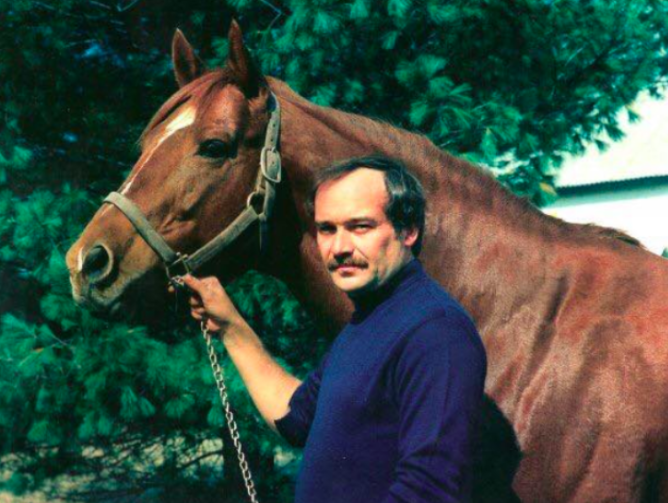
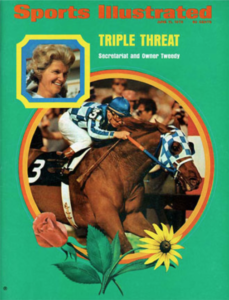
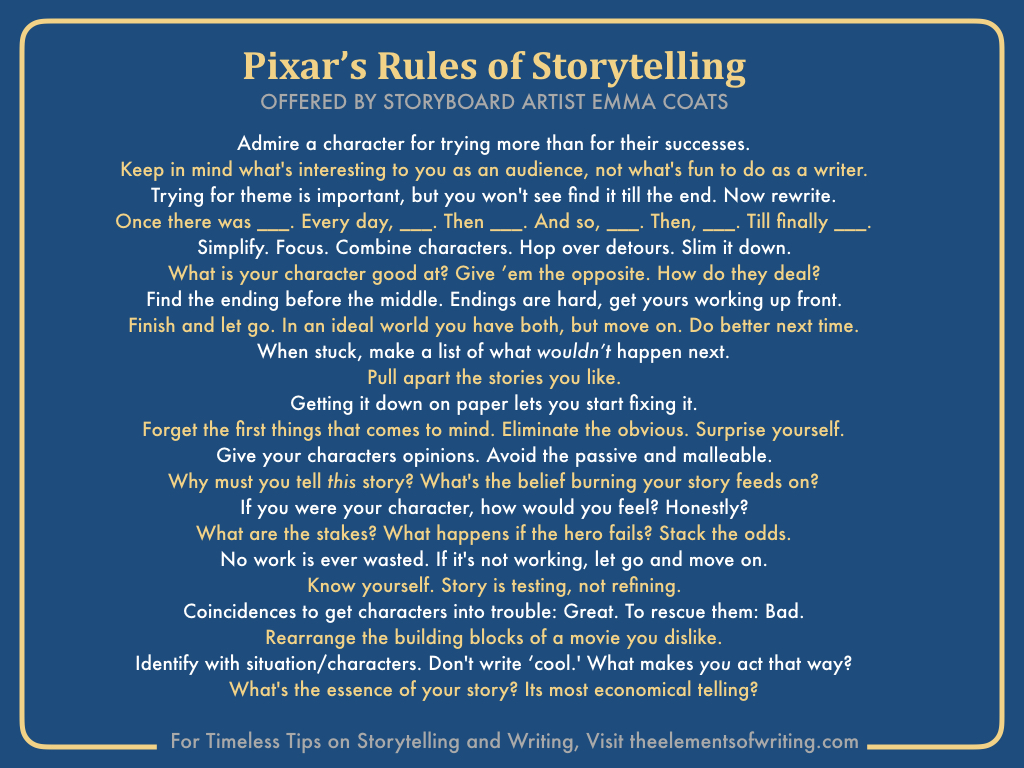



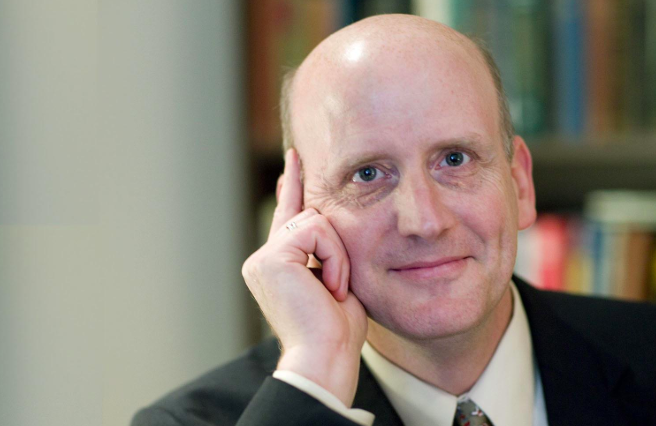


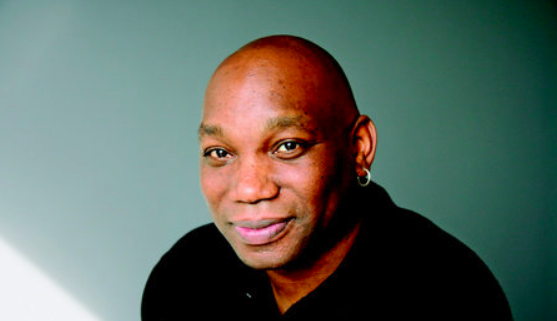
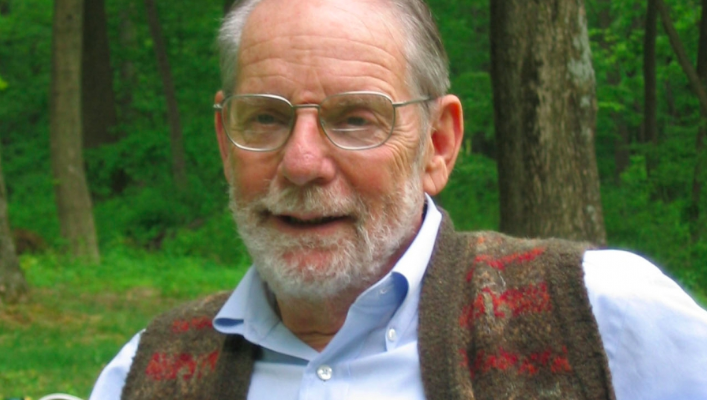
 To get this right, adapt Mark Twain’s dictum–“When you catch an adjective, kill it”–to your comparisons. When you catch a fleeting pop-cult reference, kill it.
To get this right, adapt Mark Twain’s dictum–“When you catch an adjective, kill it”–to your comparisons. When you catch a fleeting pop-cult reference, kill it.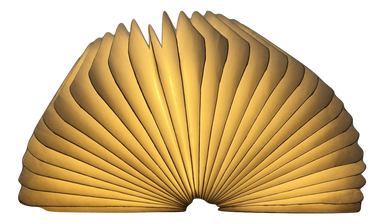
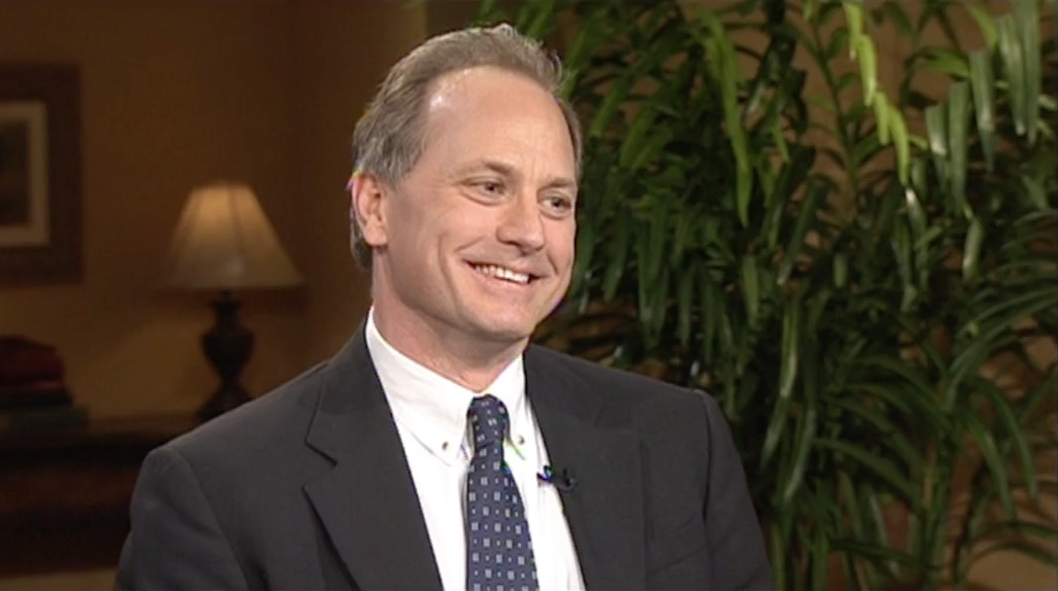


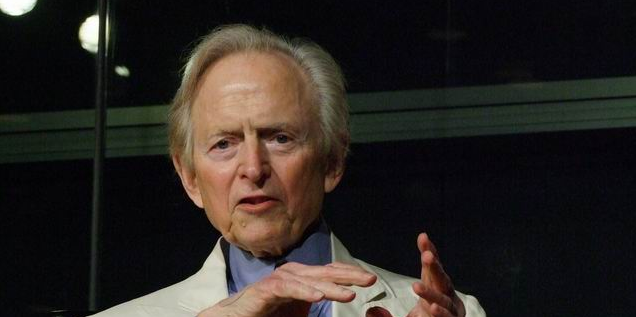
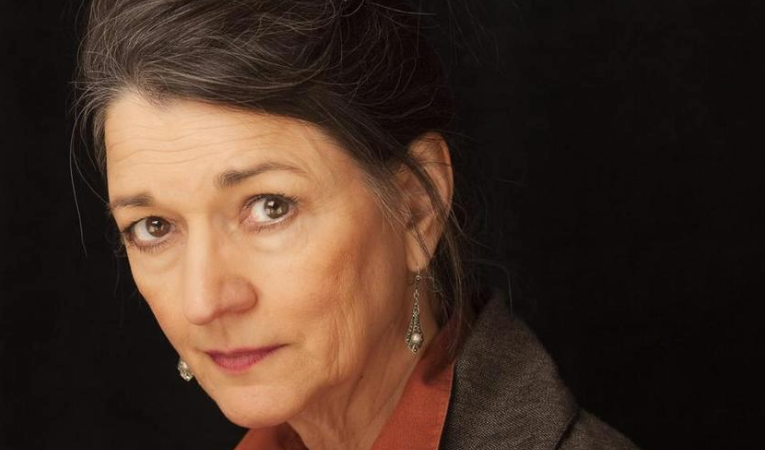

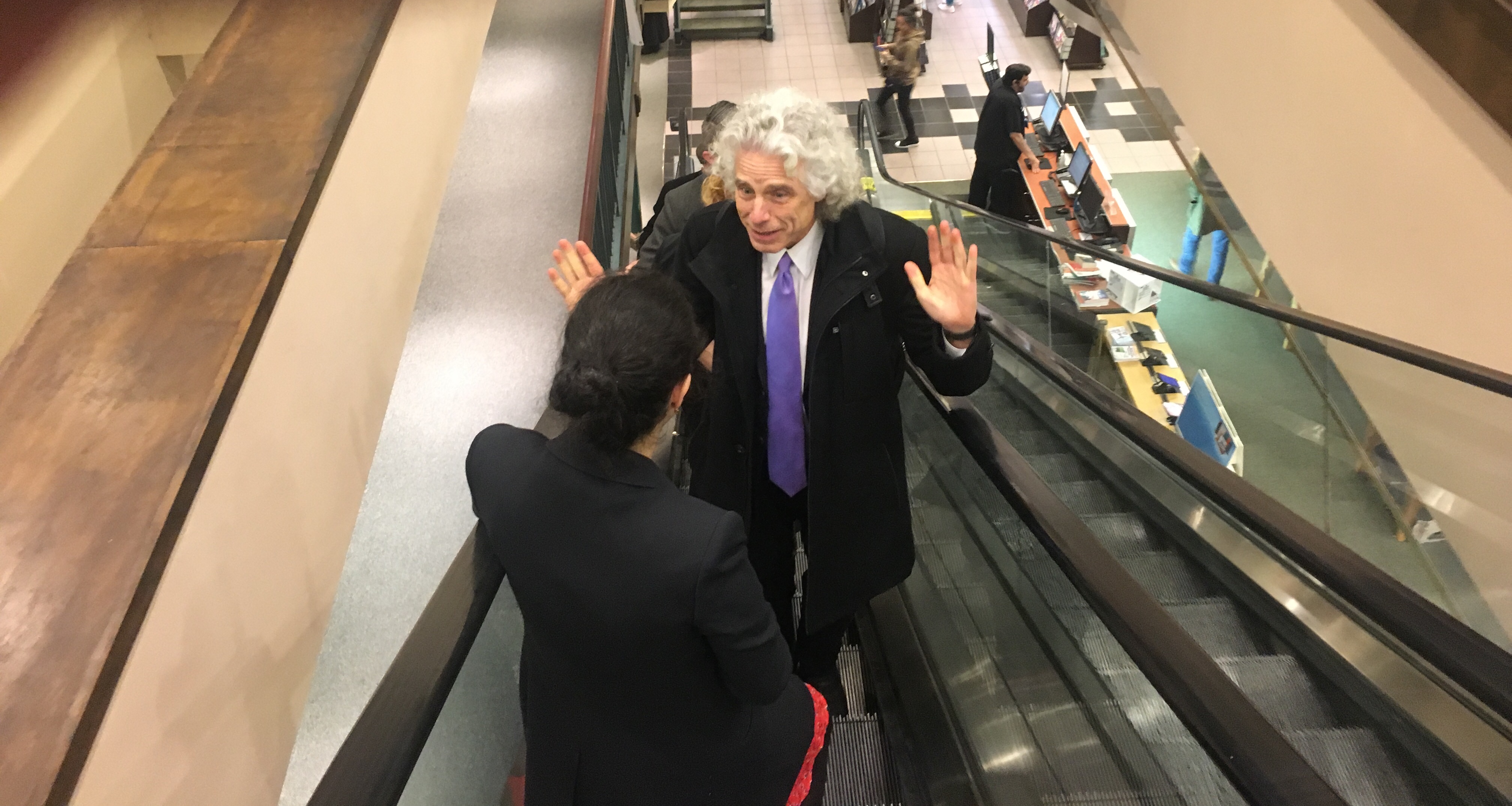
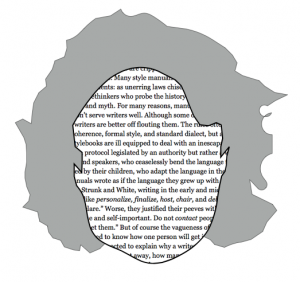
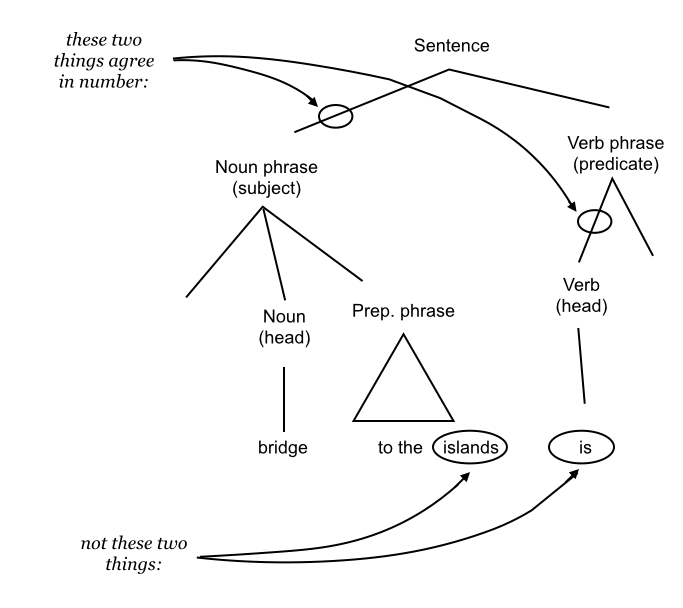
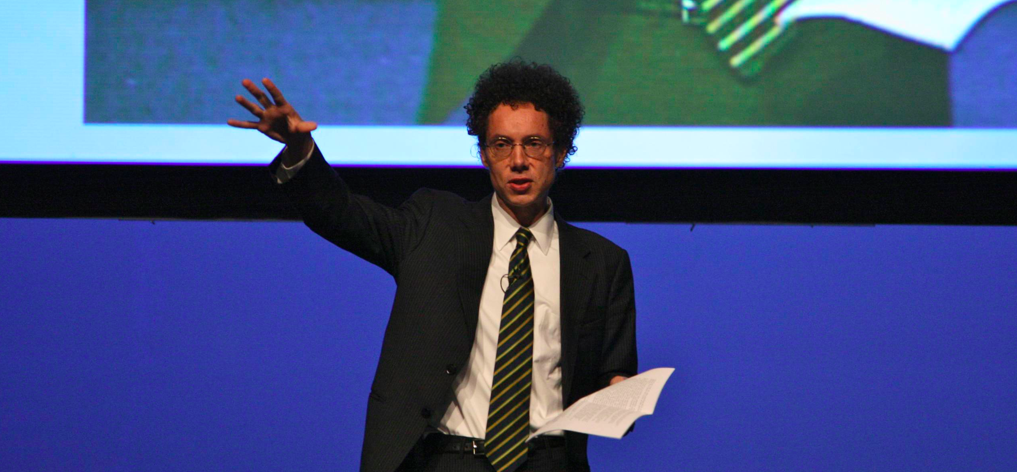
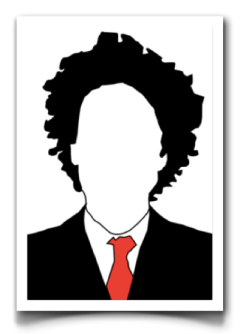 We’re going to have to pass on the manuscript, though. I’d like you to rethink the concept and do more research. Right now, the book is a loose collection of anecdotes, which take huge leaps of logic, offer scanty evidence, and contain contradictions that undermine your case.
We’re going to have to pass on the manuscript, though. I’d like you to rethink the concept and do more research. Right now, the book is a loose collection of anecdotes, which take huge leaps of logic, offer scanty evidence, and contain contradictions that undermine your case.
